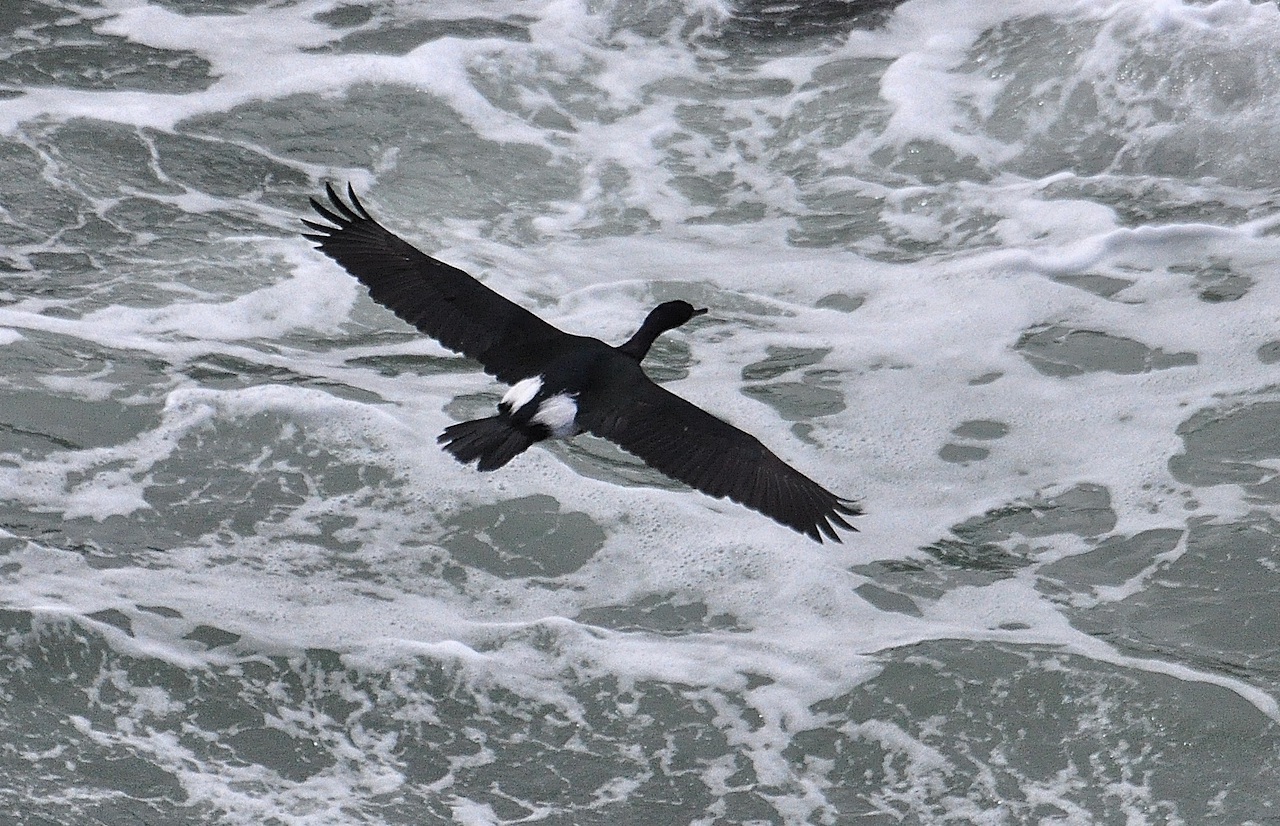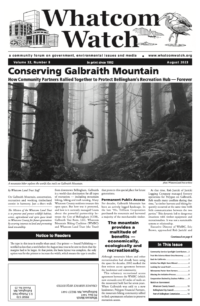by Joe Meche
Since we’re always ready for a good road trip, an invitation to my nephew’s 60th birthday celebration was an excellent excuse to pack our bags and roll! Our destination would once again be Dillon Beach, California. It’s 910 miles south of B’ham and about 60 miles north of San Francisco … piece of cake for a couple of road warriors. If you’ve read this column long enough over the past 21 years, you know that most of my road trips usually line up conveniently with one of our great National Wildlife Refuges (NWR). In this case, the stars and the map lined up to take an early morning spin through one of my favorites on Day 2.
I’ve been to the Sacramento NWR several times and know from experience that June is not the best month for birds, but it’s always good to check in anyway. Previous visits that were most productive were winter and early spring trips when hundreds of thousands of snow geese and other waterfowl species and shorebirds descend upon this avian oasis in California’s Sacramento River Valley. It was still an enjoyable visit, especially on the auto-tour loop on a sunny and cool Friday morning, even though I missed out one more time on the elusive yellow-billed magpie. After spending time with great egrets and black phoebes, we continued our journey on back roads through some of California’s finest wine country and arrived in late afternoon.
After a couple of days on the road, Saturday was a beach day and a day to relax and do little or nothing prior to the big bash. The party on Sunday was well attended, and, not surprisingly, a huge success. I was given the task of serving as the in-house photographer and I was able to roam about, stopping only occasionally to grab a bite of my sister’s gumbo. After numerous visits when she lived on the East Coast and now that she lives in San Francisco, her gumbo has become almost legendary … and she even has a following of gumbo groupies. She learned from our mom, so I find the allure to be understandable.
Monday was a typically quiet day-after, so we headed to Bodega Bay, along with a friend who was at my nephew’s 20th birthday in Paris 40 years ago! Since this was his first visit, we had to make a stop in the town of Bodega to show him the site of Alfred Hitchcock’s classic, “The Birds.” The old schoolhouse and the church figured prominently in the movie, but the murder of crows was noticeably absent. In Bodega Bay, we continued our joint search for the “best fish and chips” at a small eatery on the waterfront before heading to the spectacular and windy Bodega Head.
Although there are numerous trails that meander atop this headland, the best birding is a short walk away from the main parking lot. After previous visits, this was high on my list of places to spend time, and, as usual, it did not disappoint. The rocky outcroppings below were filled with nesting birds ranging from three species of cormorants to western and ring-billed gulls, and common murres. Black oystercatchers were quite vocal so they were hard to miss. Floating past on the stiff wind and just overhead were small-to-large flocks of brown pelicans. The wind made it a challenge not only to hold a long lens but just to stay on your feet. In all, it was a dynamic stop on our last outing from Dillon Beach.
After the usual goodbyes and another early departure on Tuesday, we chose to travel north along the coast on Highway 1, a route we agreed to avoid in the future. There’s not that much to see as the road only occasionally offers coastal views and the feeling is one of being boxed in … and don’t even ask about the slower pace on the continually curving road. Perhaps we were a bit overanxious to get into Oregon, but we will take Hwy. 101 next time, regardless.
The Oregon Coast, especially the lower coast, is prime nesting habitat for hundreds of thousands of marine birds. The Oregon Islands NWR stretches from just north of the California state line to Coos Bay. The concentrations of common murres alone is mind-boggling, and, on our last trip to Bandon in April of last year, the numbers were just beginning to increase. This year, nesting colonies were well established on just about every offshore sea stack and rocky promontory. There are many lookouts from the Coquille River south where you can witness the spectacle.
We left Bandon early on Wednesday, ready to tackle the rest of the Oregon Coast all the way to Astoria. We had a planned stopover in Cannon Beach, so we were focused. With an already long day ahead it’s a good idea to start early if your agenda includes a two-hour layover at Haystack Rock. One of Oregon’s most iconic landmarks, Haystack and other offshore sea stacks were created by lava flows that emanated from the Blue Mountains and Columbia Basin 15-16 million years ago. Many of these were once connected to the mainland, but thousands of years of erosion created what we see now. If you’ve ever been on the coast during the stormy season, you can understand the handiwork of the forces of nature.
This most recognizable sea stack is 235’ tall, and, though its base is highly accessible at low tide, the precipitous slopes ensure the safety on the thousands of nesting birds that arrive in spring and stay well into summer to raise the young of the year. Climbing above the high tide line is prohibited to protect the birds. In fact, the City of Cannon Beach runs the Haystack Rock Awareness Program that conducts educational programs during low tides between late February and October.
On our visit in late June, we were in luck, as the tide was at its lowest just as we arrived. We wasted no time in parking and headed down the beach to the highlight of the day. In typical fashion as we arrived at the monolith, Cindy took off on a beach walk while I focused on the thousands of birds. Most birdwatchers who visit Haystack have their sights set on the prized tufted puffins that nest there. I managed a couple of in-flight shots of puffins as they joined hundreds upon hundreds of common murres that burst from the rocky slopes at the approach of lone bald eagles.
Along with the puffins and murres, cormorants and gulls also nest on Haystack. In the heart of the nesting season, there is constant activity, and the best way that I’ve decided to enjoy the spectacle is to take a chair, along with food and drink, of course. I will do this on our next visit because, if the tide is out and you’re at the base of the stack, you spend a lot of time looking straight up … and you end up with the marine version of warbler neck.
We reluctantly tore ourselves away from this special place to get back on the road and head north to our own bed. After we reached I-5 and headed north, we were amazed at the light traffic and the ease of passing through the Tacoma-Seattle corridor without a single slowdown, This was highly unusual and served as a perfect ending to another great getaway. Now, we’ll start planning on our fall camping trip to Glacier National Park. Of course, there will be shorter trips in the interim, so stay tuned and enjoy all that nature has to offer.
_________________________
Joe Meche is a past president of the North Cascades Audubon Society and was a member of the board of directors for 20 years. He has been watching birds for more than 60 years and photographing birds and landscapes for more than 40 years.





























